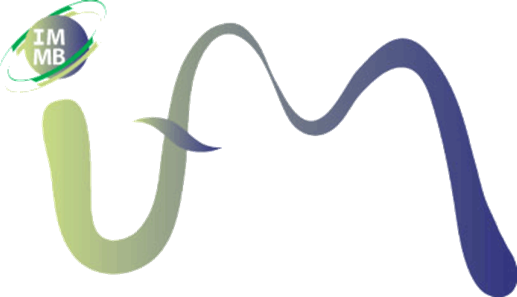Team
- Kirsten Heuer
- Karin Niermann
- Yulduzkhon Abdullaeva
- N.N.
Topic
In their natural habitats bacteria predominantly live in cell aggregates and biofilms. Cells within these multicellular structures have physiological properties that distinguish them from freely suspended cells. An important property of aggregated cells is a higher tolerance against stresses, such as toxic chemicals. Biofilms in aquatic systems are also a food source for grazing invertebrates and may cause blockage of water infrastructures. Moreover, biofilms on plastic surfaces may also be the starting point for the degradation of synthetic polymers.
The goals of our research are to investigate :
- Molecular that are mechanisms important for colonization of specific materials, in particular different plastic materials.
- Community compositions (microbiomes) of biofilms on specific substrates in technical settings
- Metabolic interactions within biofilms
- Develop model systems with domesticated microbial biofilm communities for use in biotechnology (water purification) and ecotoxicological assays
In addition, we are interested in establishing strategies to prevent microbial growth on surfaces (biofouling), especially in marine environments. In this respect, we are also interested in molecular and metabolic interactions between bacteria and diatoms within biofilms.

Generalized scheme of bacterial biofilm formation© AG Philipp Funding
- Interreg S2M
- BMBF MikroPlaTaS
- FH Münster
- Industrial cooperation
Selected Publications
Bakenhus I, Jongsma R, Michler-Kozma D, HölscherL, Gabel F, Holert J , Philipp B (2023) A domesticated photoautotrophic microbial community as a biofilm model system for analyzing the influence of plastic surfaces on invertebrate grazers in limnic environments.
Front. Microbiol. 14:1238913. doi: 10.3389/fmicb.2023.1238913Czieborowski M, Kempermann AJB, Rolevink E, Blom J, Visser T, Philipp B (2022) A two-step bioluminescence assay for optimizing antibacterial coating of hollow-fiber membranes with polydopamine in an integrative approach.
J Microbiol Methods 196: 106452, doi: 10.1016/j.mimet.2022.106452Leiser R, Jongsma R, Bakenhus I, Möckel R, Philipp B, Neu TR, Wendt-Potthoff K (2021) Interaction of cyanobacteria with calcium facilitates the sedimentation of microplastics in a eutrophic reservoir.
Water Res. 189:116582, doi: 10.1016/j.watres.2020.116582Czieborowski M, Hübenthal A, Poehlein A, Vogt I, Philpp B (2020)
Genetic and physiological analysis of biofilm formation on different plastic surfaces by Sphingomonas sp. strain S2M10 reveals and essential function of sphingan biosynthesis.
Microbiology, doi: 10.1099/mic.0.000961Motealleh A, Czieborowski M, Philipp B, Nowak S, Kehr NS (2020)
Bifunctional Nanomaterials for Enhanced Cell Proliferation and for the Reduction of Bacterial Bioluminescence/Fitness.
Advanced Materials Interfaces 2020, 2000086. doi: 10.1002/admi.202000086Zecher K, Aitha VP, Heuer K, Ahlers H, Roland K, Fiedel M, Philipp B (2018) A multi-step approach for testing non-toxic amphiphilic antifouling coatings against marine microfouling at different levels of biological complexity.
Journal of Microbiological Methods. pii: S0167-7012(18)30101-5. doi: 10.1016/j.mimet.2018.02.009Zecher K, Jagmann N, Seemann P, Philipp B (2015) An efficient screening method for the isolation of heterotrophic bacteria influencing growth of diatoms under photoautotrophic conditions.
Journal of Microbiological Methods 119: 154-162, doi: 10.1016/j.mimet.2015.10.016Jagmann N, Henke SF, Philipp B (2015) Cells of Escherichia coli are protected against severe chemical stress by co-habiting cell aggregates formed by Pseudomonas aeruginosa.
Applied Microbiology and Biotechnology DOI: 10.1007/s00253-015-6726-7

